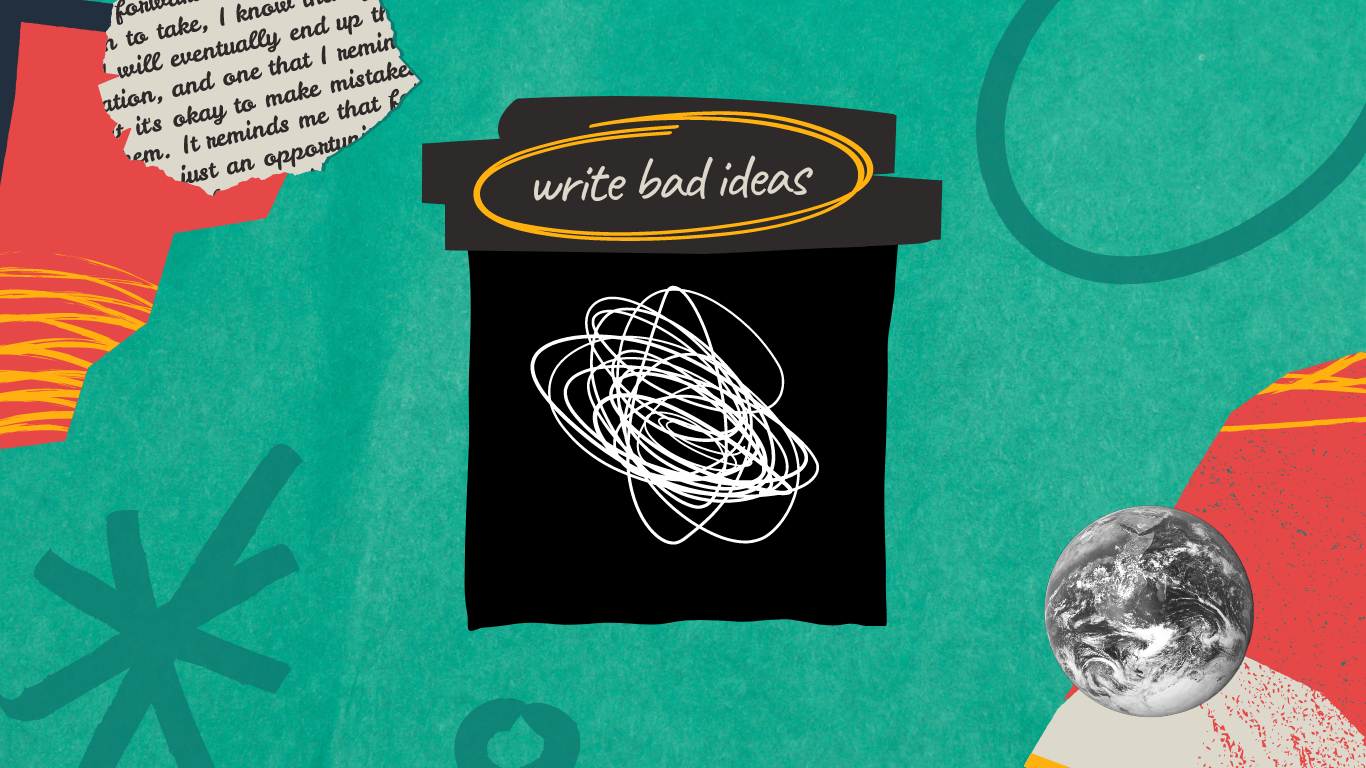For writers, the blank page can be an intimidating adversary. Perfectionism and procrastination often stall writers, leaving countless creative minds paralyzed by the fear of not being “good enough.” The antidote? Writing bad ideas—intentionally. Embracing imperfection is not only liberating but also a proven strategy for overcoming the mental blocks that hinder creativity.
1. Writing Bad Ideas Frees Your Creativity
When you give yourself permission to write badly, you stop the pressure to be perfect. This freedom allows your imagination to roam without constraints, making it easier to explore unconventional ideas and uncover hidden gems. Many great works started as “bad” ideas—but through refinement, they became masterpieces.
2. It Turns Procrastination Into Progress
Perfectionism often leads to procrastination because starting feels daunting when success seems out of reach. Writing bad ideas shifts the focus from achieving perfection to simply putting words on the page. Each sentence, no matter how flawed, is a step closer to completing your work. And once the momentum builds, the daunting task of “writing something great” becomes a manageable and even enjoyable process.
3. Bad Ideas Build Confidence
The act of consistently putting words on paper, even if they’re not perfect, helps writers develop confidence in their ability to create. Over time, the fear of failure diminishes, replaced by a belief that every draft—no matter how messy—has potential. This shift in mindset empowers writers to tackle projects with enthusiasm and resilience.
4. It Creates a Safe Space for Experimentation
Writing bad ideas fosters an environment where experimentation is encouraged. Without the fear of judgment or failure, you can explore different styles, voices, and concepts. This openness often leads to breakthroughs and innovations that might never have surfaced under the pressure to “get it right.”
Conclusion: Embrace the Bad to Find the Good
The strategy of writing bad ideas is transformative for any writer struggling with perfectionism or procrastination. By letting go of unrealistic expectations and embracing the creative chaos of imperfection, you pave the way for growth, discovery, and success. Remember: every masterpiece begins as a rough draft. So grab your notebook, write fearlessly, and let the bad ideas flow—they might just lead you to greatness.

